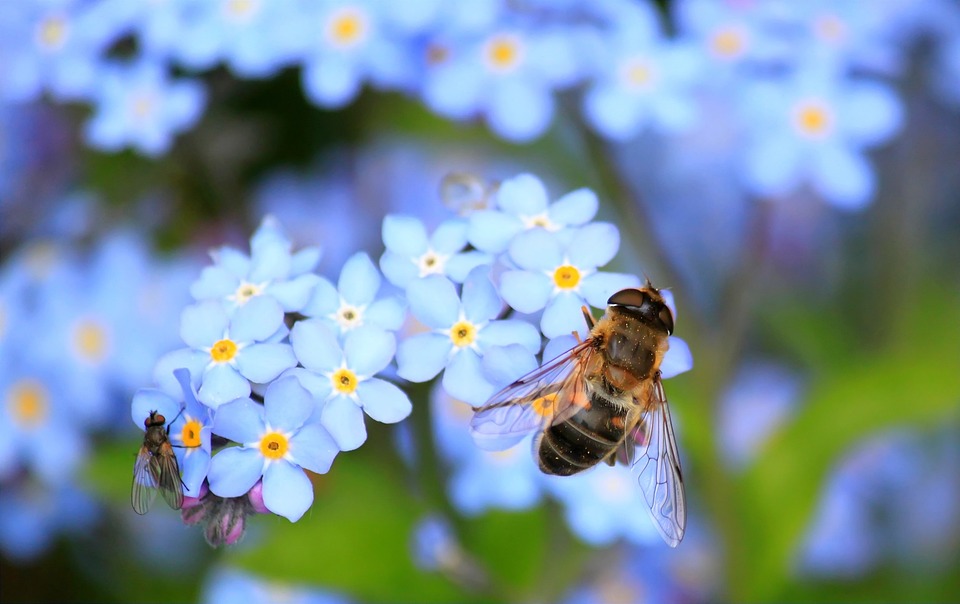Peru is located at the fusion point between Eastern and Western Europe and is home to countless species of flora and fauna. Alpaca is one of the main ones. Alpacas were initially domesticated by the Moche people who reside in Peru and since then these animals have been preserved with great care. The most important and valuable component derived from this alpaca is the alpaca fiber which is famous all over the world for its rich quality and efficiency as a warm garment.
Alpacas are pets that live in the landscapes of Peru, especially the southern part of the country. It has been observed that these alpacas always travel together in groups and the whole herd grazes together. This is because although these animals are highly intelligent, great watchdogs, and mild-tempered, they are easy prey for other, superior animals as well. Therefore, in order to defend themselves, alpacas are always found grazing or moving in groups. It is interesting to note that not only do alpacas tire of other animals and humans but unfamiliar alpacas as well. They may only acknowledge their owner who may be allowed to stroke them around the neck. However, most alpacas do not like to be touched around their stomach or lower legs even if the owner.
In the event that an alpaca becomes aware of an unfamiliar predator watching it, it will immediately notify the entire herd of the presence of an alien by making loud, sharp gasps and a shrill sound. This is to ensure that the rest of the flock is aware of the impending threat. In order to ward off smaller animals, alpacas usually spit or kick with their front feet. However, because their feet have soft hooves, they are not entirely effective at wounding an attacker. However, they also possess sharp nails that are capable of inflicting deep cuts. Often when alpacas are observed standing with their tails and ears alert, it is symbolic of the fact that they have become aware of a predator lurking nearby. Male alpacas often growl while defending themselves against an attacker, usually to intimidate the opponent. Previously, alpacas were killed for their meat and also to extract valuable alpaca fibre. However, for the time being, the Peruvian government has adopted a policy to ensure that alpaca killing is labeled illegal.
